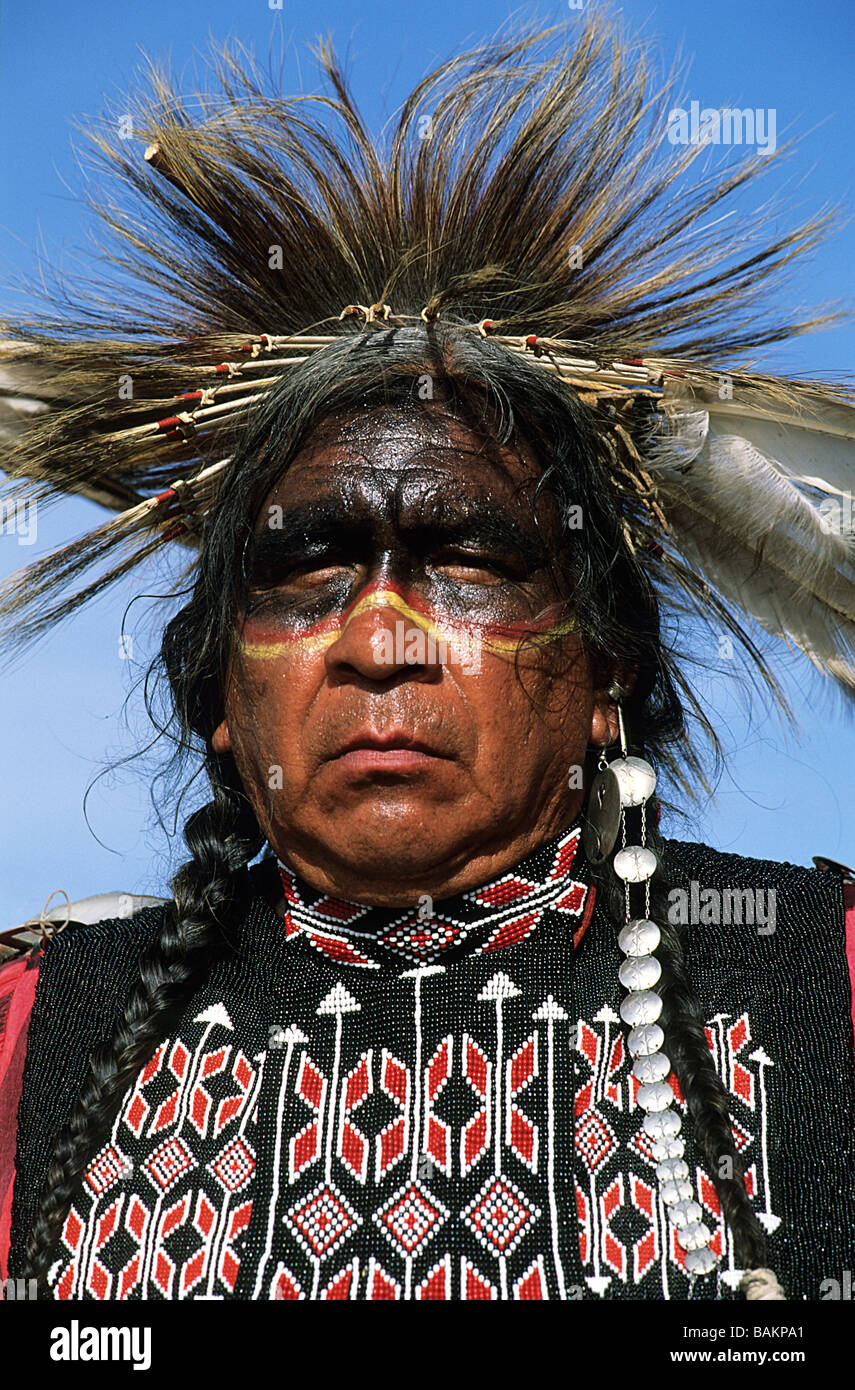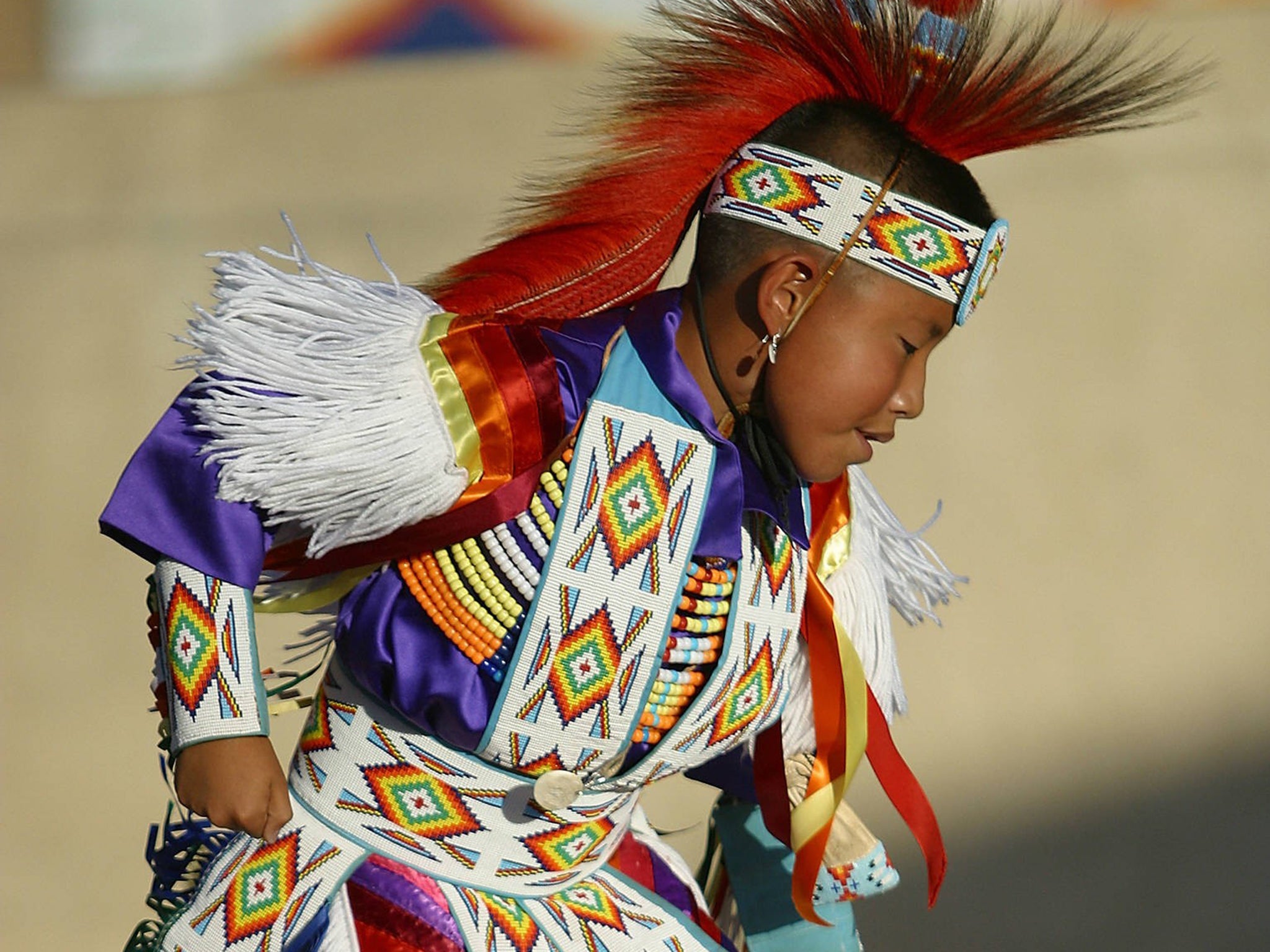
Navajo Nation’s Red Road: A Journey Through Sacred Landscapes on Arizona’s Scenic Drives
Beyond the well-trodden paths of Arizona’s Grand Canyon lies a vast, ancient, and deeply spiritual land, the Navajo Nation. Covering over 27,000 square miles across Arizona, New Mexico, and Utah, this sovereign nation is the largest Native American reservation in the United States. It is a place where time seems to stretch and bend, where the earth’s raw power is etched into monumental rock formations, and where the spirit of the Diné people, the Navajo, resonates through every canyon and mesa. For those seeking an authentic and profoundly moving American road trip, the scenic drives through the Arizona portion of the Navajo Nation offer an unparalleled journey into the heart of a living landscape and a vibrant culture.
These drives are not merely routes from point A to point B; they are arteries connecting visitors to a world of breathtaking natural beauty, rich history, and spiritual depth. Unlike national parks, much of the Navajo Nation’s majesty unfolds directly from its public highways, inviting exploration and contemplation. The "no-fluff" approach to experiencing this land means being prepared for vast distances, limited services, and an imperative to travel with respect and awareness.
Monument Valley: The Icon of the American West
Perhaps the most iconic and instantly recognizable landscape within the Navajo Nation is Monument Valley. While technically straddling the Arizona-Utah border, the most famous views and the entrance to the Monument Valley Navajo Tribal Park are firmly within Arizona. The drive here, particularly the approach on US-163 from the south, is legendary. As you ascend a gentle rise, the landscape dramatically opens up to reveal the towering sandstone buttes and mesas that have graced countless films, advertisements, and postcards, shaping the global image of the American West.
The sheer scale of Monument Valley is humbling. The Mittens, Merrick Butte, and the Totem Pole are not just geological formations; they are revered entities in Navajo cosmology. "These lands are sacred to us," explains a local Navajo guide, "they hold the stories of our ancestors, the spirits of the land. When you drive through here, you are not just seeing rocks; you are witnessing our history."

Inside the Monument Valley Navajo Tribal Park, visitors can take the approximately 17-mile self-guided dirt road loop (check conditions, as it can be rough for low-clearance vehicles). This loop offers intimate views of the formations, with designated stops for photography. Alternatively, local Navajo guides offer jeep tours that venture deeper into restricted areas, providing cultural insights and access to hidden gems not accessible to the public. These tours are highly recommended for their historical context and respectful immersion into the land. The sunrises and sunsets here are particularly transformative, painting the landscape in hues of fire and gold that shift with every passing minute, a testament to nature’s artistry.
Canyon de Chelly: A Timeless Sanctuary
Heading east from Monument Valley, US-191 and AZ-264 lead to another geological and cultural marvel: Canyon de Chelly National Monument. Administered jointly by the National Park Service and the Navajo Nation, Canyon de Chelly is unique in that it’s entirely located on Navajo tribal lands, and the canyon floor remains home to Navajo families who continue to farm and herd sheep there.
Unlike the Grand Canyon, which is viewed from above, Canyon de Chelly offers a dual perspective through its North Rim Drive and South Rim Drive. Both provide breathtaking overlooks into the deep, sheer-walled canyons, where ancestral Puebloan cliff dwellings cling precariously to ledges, and Navajo hogans dot the canyon floor.
The South Rim Drive is arguably the most popular, offering seven overlooks over 36 miles. The most famous is Spider Rock Overlook, where a magnificent 800-foot sandstone spire rises majestically from the canyon floor, a sacred site in Navajo mythology associated with Spider Woman, a revered deity who taught the Diné the art of weaving. From this vantage point, you can often spot the White House Ruin, one of the most iconic cliff dwellings, though it requires a permitted hike to reach the canyon floor.
The North Rim Drive (approximately 34 miles) provides equally stunning, though often less crowded, vistas. Overlooks like Antelope House and Mummy Cave offer glimpses into the lives of ancient inhabitants, with well-preserved ruins showcasing their architectural prowess and deep connection to the land.
Crucially, descending into the canyon floor requires a permitted Navajo guide. These guided tours, often by foot, horseback, or four-wheel drive, are not just about seeing the ruins; they are about understanding the continuous human presence in the canyon for over 5,000 years. "Every rock, every stream, every ruin here has a story," shares a guide, "and we are here to tell those stories, to connect you to the spirit of this place and our ancestors." The experience provides invaluable cultural context and ensures respectful visitation to these sacred ancestral sites.
The Wider Canvas: Connecting Drives and Hidden Gems
While Monument Valley and Canyon de Chelly are the crown jewels, the entire network of roads across the Navajo Nation in Arizona offers its own rewards. US-160, a major artery, traverses vast, open plains dotted with traditional hogans, grazing sheep, and distant mesas. This is the landscape of everyday Navajo life, a testament to resilience and adaptation. Driving this route, one truly grasps the immense scale of Dinétah, the Navajo homeland.

US-191, running north-south, offers a journey through varied terrain, from the high desert near Ganado and Window Rock (the capital of the Navajo Nation) to more mountainous regions. Window Rock itself is worth a stop to see the impressive natural sandstone arch that gives the capital its name, as well as the Navajo Nation Museum and the Code Talker Memorial, honoring the invaluable contribution of Navajo Marines during World War II. Their unbreakable code, based on the Navajo language, was instrumental in Allied victory in the Pacific.
Further south, the edge of the Painted Desert spills into the Navajo Nation, particularly visible from parts of AZ-264. Here, the landscape transforms into a kaleidoscope of stratified rock layers, painted in vibrant reds, oranges, and purples by millions of years of geological processes. This is a subtle beauty, requiring patience and an appreciation for vast, uninterrupted panoramas.
The Journey of Discovery: What to Expect and How to Travel Respectfully
Traveling through the Navajo Nation is a journey into a different rhythm. Services like gas stations, restaurants, and lodging can be sparse, so planning ahead is crucial. Keep your gas tank full, carry plenty of water and snacks, and download offline maps, as cell service can be intermittent.
Respect for the land and its people is paramount. Many areas are considered sacred, and some require permits or guides for access. Always ask permission before photographing individuals, homes, or ceremonial activities. Support local Navajo businesses, art, and craftspeople directly. Their creations – intricate silver and turquoise jewelry, vibrant weavings, and pottery – are not just souvenirs but expressions of a deep cultural heritage.
The Navajo Nation is also home to incredible stargazing opportunities, far from urban light pollution. On a clear night, the Milky Way stretches across the vast sky, a celestial river mirroring the earthly landscapes. It’s a reminder of the universe’s grandeur and the Navajo connection to the cosmos, deeply embedded in their creation stories.
"Hózhó," a central concept in Navajo philosophy, embodies harmony, balance, and beauty. It’s a state of being, a way of living in equilibrium with the world. Driving through the Navajo Nation, you begin to understand this concept not as an abstract idea, but as an inherent quality of the land itself. The vastness, the silence, the monumental formations, and the enduring spirit of the Diné people converge to create an experience that resonates long after the red dust settles on your tires.
The scenic drives of the Navajo Nation in Arizona offer more than just visually stunning vistas. They provide a profound immersion into a landscape that is both ancient and alive, a testament to natural forces and human resilience. It is a journey for the eyes, the mind, and the soul, inviting visitors to slow down, listen, and truly connect with a unique and sacred corner of America. To embark on these roads is to undertake a pilgrimage, a direct and unfiltered encounter with the enduring heart of the American Southwest.

